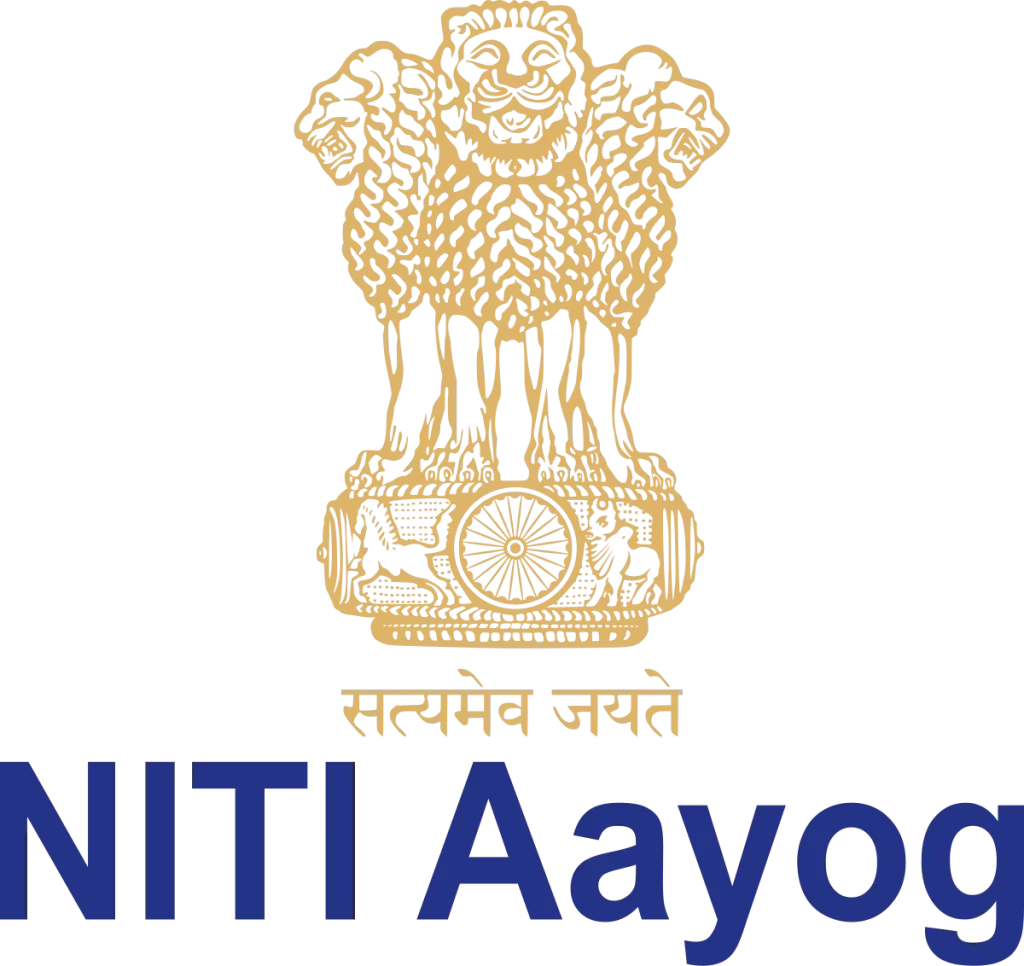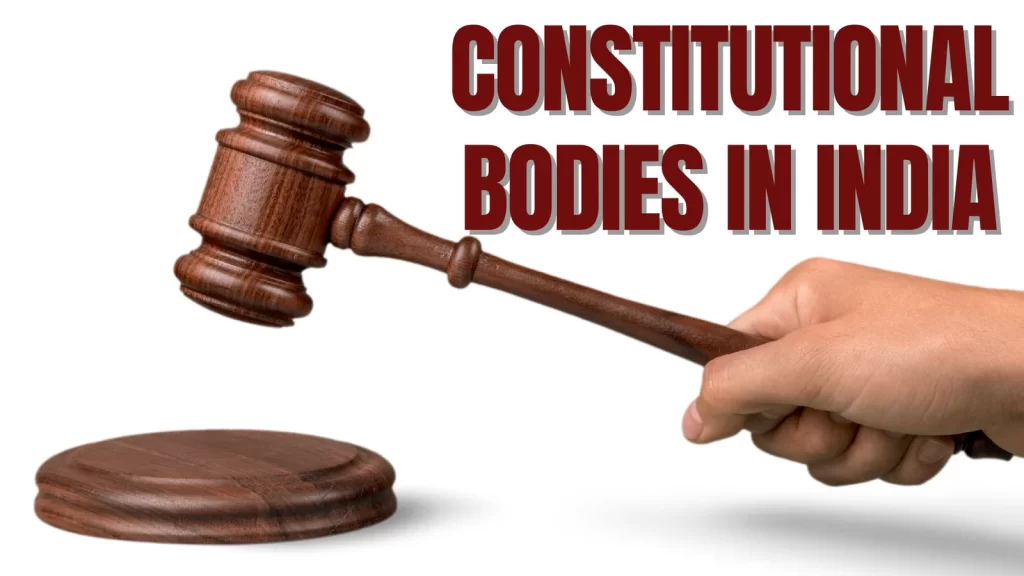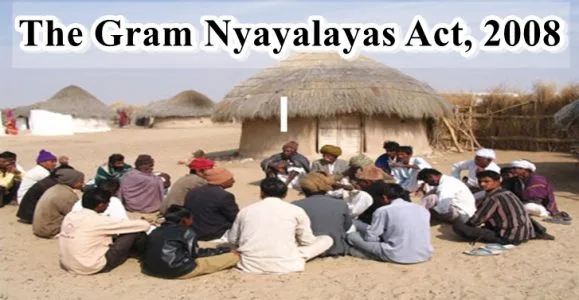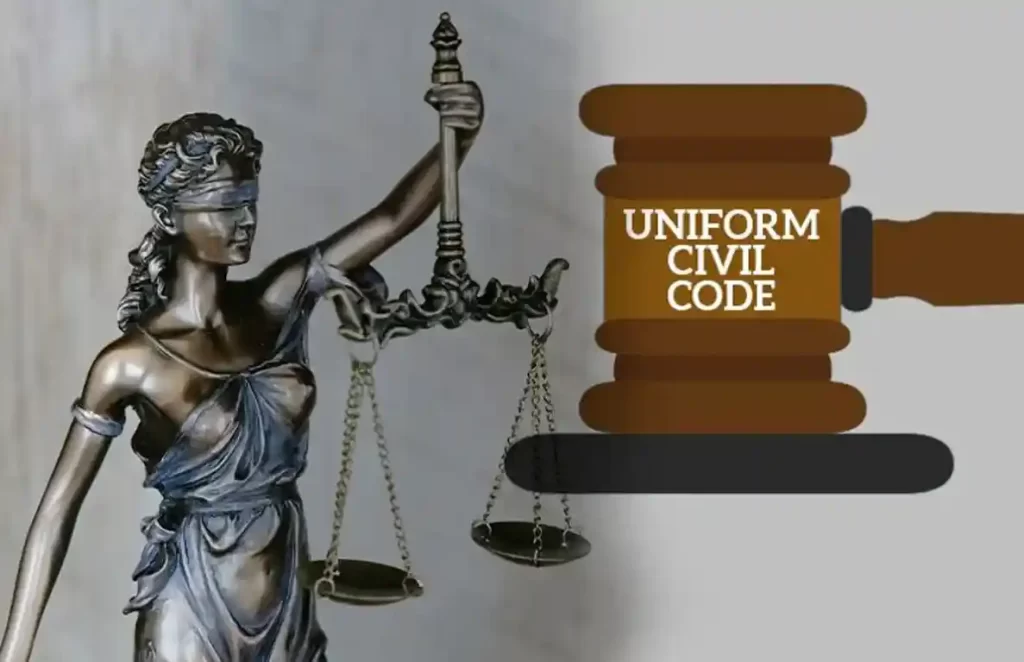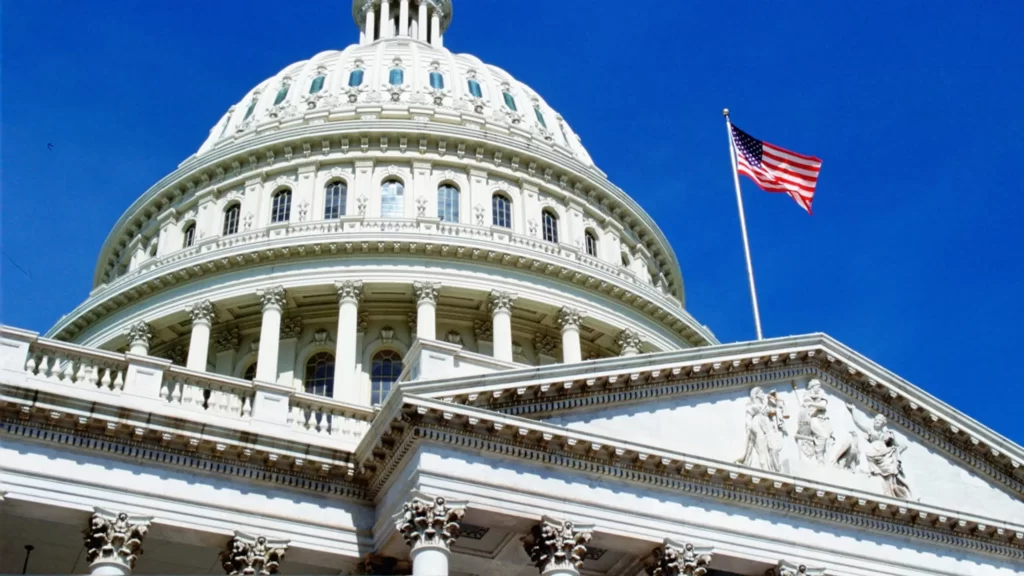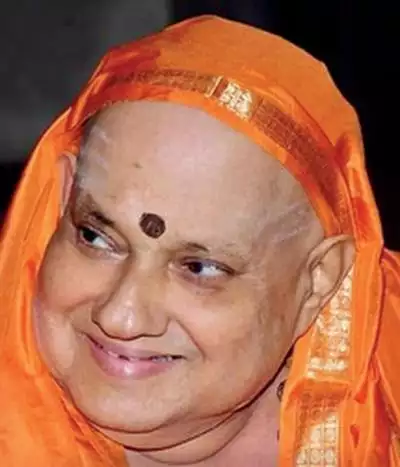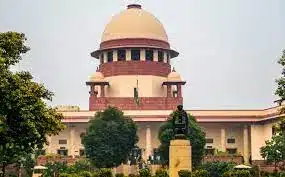Introduction of Directive Principles
The Directive Principles of State Policy (DPSP) are enumerated in Part IV of the Constitution from Articles 36 to 51. This idea is borrowed from the Irish Constitution of 1937, which had copied it from the Spanish Constitution.
- Dr. B. R. Ambedkar described these principles as ‘noble features‘ of the Indian Constitution.
- The Directive Principles along with the fundamental Rights contain the philosophy of the constitution and is the soul of the constitution.
- Granvile Austin has described the Directive Principles and the Fundamental Rights as the ‘Conscience of the Constitution’.
Features Of The Directive Principles
- The phrase ‘Directive Principles of State Policy’ denotes the ideals that the State should keep in mind while formulating policies and enacting laws.
- The Directive Principles resemble the ‘Instrument of Instructions’ enumerated in the Government of India Act of 1935.
- They embody the concept of a ‘welfare state’ and not that of a ‘police state’.
- The Directive Principles are non-justiciable in nature, that is, they are not legally enforceable by the courts for their violation.
- The Directive Principles, though non-justiciable in nature, help the courts in examining and determining the constitutional validity of a law
Classification of the Directive Principles
Directive Principles can be categorized into the following :
- Socialistic Principles : Articles 38, 39, 39A, 41, 42, 43, 43A, 47(first part)
- Gandhian Principles: Articles 40, 43, 43B, 46, 47(second part), 48
- Liberal Intellectual : Articles 44, 45, 48, 48A, 49, 50, 51
Why are Directive Principles considered non-justiciable?
Directive Principles are non-justiciable because:
- The country did not possess sufficient financial resources to implement them.
- The presence of vast diversity and backwardness in the country would stand in the way of their implementation.
Though the Directive Principles are non-justiciable, the Constitution (Article 37) makes it clear that ‘these principles are fundamental in the governance of the country and it shall be the duty of the state to apply these principles in making laws.
Difference Between Fundamental Rights and Directive Principles
| Fundamental Rights | Directive Principles |
| These are negative as they prohibit the state from doing certain things. | These are positive as they require the state doing certain things. |
| These are justiciable. | These are non-justiciable. |
| They aim at establishing political democracy. | They aim at establishing socio and economic democracy. |
| They have legal sanctions. | They have moral and political sanctions. |
| Promote the welfare of the individual. | Promote the welfare of the community. |
| Do not require any legislation for their implementation. | They require legislation for their implementation. |
| The courts are bound to declare a law violative of any of the Fundamental Rights as unconstitutional and invalid. | The courts can not declare a law violative of any of the Directive Principles as unconstitutional and invalid. |
Conflict Between Fundamental Rights And Directive Principles
The conflict between FR and DPSP arises primarily because of justiciablity of one and the lack of the same. The Supreme Court’s jurisprudence has developed in the following ways:
- Champakam Dorairajan case: Fundamental Rights would prevail over the DPSP in case of conflict between the two. However, legislature can amend FR to give effect to DPSP. The parliament responded by amending and modifying various FRs which were coming in conflict with DPSPs.
- Golaknath case: FR are sacrosanct in nature and cannot be amended for implementation of DPSP. The parliament responded again by bringing the 25th Amendment Act of the constitution which inserted Article 31C in Part III. Article 31 C contained two provisions:
- If a law is made to give effect to DPSPs in Article 39(b) and Article 39(c) and in the process, the law violates Article 14, Article 19 or Article 31, then the law should not be declared as unconstitutional and void merely on this ground.
- Any such law which contains the declaration that it is to give effect to DPSPs in Article 39(b) and Article(c) shall not be questioned in a court of law.
- Keshavanda Bharati case:Parliament can amend any part of Constitution, but could not destroy Basic Structure of the Constitution. The second clause of Article 31C was as declared as unconstitutional and void as it was against the Basic Structure of the Constitution propounded in this case itself. However, the SC upheld the first provision of Article 31C.
- Parliament brought the 42nd Amendment Act in 1976, which extended the scope of the above first provision of Article 31C by including within its purview any law to implement any of the DPSPs specified in Part IV of the constitutional and not merely Article 39 (b) or (c).
- Minerva Mills case: A law under Article 31C would be protected only if it is made to implement directives in article 39b and 39 c and not any other DPSPs. The extension to all DPSPs was declared as unconstitutional and void by the SC in the Minerva Mills Case(1980).
The present position is that FR enjoys supremacy over the DPSP. But, DPSP 39B and 39C has been given precedence over Fundamental Right 14 (Right to Equality) and Fundamental Right 19 (Freedom of Speech and Expression).
Articles Dealing with Directive Principles:
Article 36
- This defines the term ‘State’ in the same way as Article 2, which includes:
- The Government of India and the Union Parliament;
- The Government of the states and their Legislatures;
- All local authorities; and
- Other authorities in India or under the control of the Government of India
Article 37
- This declares the importance of DPSPs.
- It states that though DPSPs are not justiciable yet they shall be considered fundamental in the governance of the country and it shall be the duty of the state to include these directives in their policies.
Article 38
- This directs the state to create a social order for the promotion of the welfare of the people.
- This social order must provide social, economic and political justice.
- Under the 44th Amendment, Clause (2) has been added to Article 38 which directs the State to minimize inequalities in income, to eliminate inequalities in status, facilities and opportunities.
Article 39
- This is a very important article containing a number of directives that go a long way to establishing a welfare state in India.
- It directs the states to secure the following:
- Adequate means of livelihood for all citizens.
- Control and ownership of the material resources of the community to be distributed in such a manner that it serves the common good.
- The operation of the economic system does not result in the concentration of wealth and means of production to the common detriment.
- Equal pay for equal work for both men and women.
- Health and strength of workers and children are not abused and the citizens are not forced by economic necessity to enter vocations unsuited to their age or strength.
- Children are given opportunities and facilities to develop in a healthy manner and their childhood and youth are protected against exploitation and moral and material abandonment (added by 42nd Amendment, 1976).
Thus, Article 39 is very wide in its scope. It requires the state to ensure adequate means of livelihood, fair distribution of wealth, equal pay for equal work, and protection of children and labour. Especially Article 39 (b and c) lays the foundation of a welfare state.
Article 39A
- It was added to the Constitution by 42nd Amendment of 1976.
- It requires the state to provide for equal justice and free legal aid.
Article 40
- This directs the state to organize village panchayats and confer adequate powers to them so that they can function as units of self-government.
- Accordingly, the Parliament has passed the 73rd Amendment of 1992, which has introduced Ppanchayats in Part IX in the Constitution.
Article 41
- Under this Article, the state is directed to provide the Right to Work, to education and to public assistance subject to its economic capacity.
Article 42
- Under this Article, the State shall make provision for securing just and humane conditions of work and maternity relief.
- The state has enacted laws such as the Industrial Disputes Act, Minimum Wages Act, Maternity Relief Act, etc., to implement this article.
Article 43
- This Article directs the state to make efforts to secure living wages and organize cottage industries in rural areas.
Article 44
- This article deals with the implementation of a Uniform Civil Code for the citizens throughout India.
- The State is supposed to take steps to establish a Uniform Civil code for all the citizens irrespective of caste, creed or religion.
Article 45
- Provision for free and compulsory education for children till the age of 14 years.
- However, this article has been amended by the 86th Amendment Act, 2002 which has inserted A-21A in the constitution-making right to education a fundamental right for all children between 6-14 years of age.
- Now 45-A directs the state to make provisions for early childhood care and education for all children till the age of 6 years.
Article 46
- It seeks to protect the educational and economic interests of SC/STs and other weaker sections. A number of educational facilities have been extended to SC/STs in pursuance of this article.
Article 47
- The state has been directed by this article to raise the level of nutrition and the standard of living and to improve public health. This also includes prohibition of liquor and intoxicating drugs.
Article 48
- Organization of agriculture and animal husbandry.
- The state under this article has to organize agriculture and animal husbandry on modern and scientific lines.
- This also includes prohibition of killing of cows, calves and other milch and draught cattle.
Article 48-A
- Added by 42nd Amendment, 1976, this article enjoins on the state task of protecting and improving environment, forests and wild life.
- A number of acts relating to protecting the environment, forests and wild life have been enacted.
Article 49
- This article obligates the state to protect monuments and places of national importance.
Article 50
- Separation of judiciary from the executive in the public services of the state.
Article 51
- To promote international peace and security and maintain just and honourable relations between nations; to foster respect for international law and treaty obligations, and to encourage settlement of international disputes by arbitration.
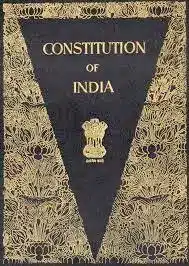
Amendments to Directive Principles
42nd Constitutional Amendment Act.1976
- Article 39A -To promote equal justice and to provide free legal aid to the poor.
- Article 39F -To secure opportunity for healthy development of children.
- Article 43A – To take steps to secure the participation of workers in the management of industries
44th Constitutional Amendment Act, 1978
- Article 38 (2) – To minimize inequalities in income, statue, facilities and opportunities.
86th Constitutional Amendment Act, 2002
- This amendment changed the subject matter of Article 45, and made elementary education a Fundamental Right under Article 21A.
- Article 45 – To provide early childhood care and education for all children until they complete the age of 14 years.
97th Constitutional Amendment Act, 2011
- Article 43B – To promote voluntary formation, autonomous functioning, democratic control and professional management of co-operative societies.
Criticism of the Directive Principles
- Non-justiciable character
- Neither properly classified nor logically arranged
- Conservative in nature
- Constitutional conflict
- (a) between the centre and the states,
- (b) between the president and the prime minister
- (c) between the governor and the chief minister
Utility of Directive Principles
- Like an Instrument of Instructions’ to all authorities in the Indian Union.
- Helped the courts in exercising their power of judicial review.
- Facilitate stability and continuity in domestic and foreign policies in political, economic and social spheres in spite of the changes of the party in power.
- Supplementary to the fundamental rights of the citizens.
Implementation of Directive Principles
The successive governments at the Centre and in the States have made several laws and formulated various programmes for implementing the Directive Principles. Some of them are mentioned below:
- Almost all the states have passed land reform laws to bring changes in the agrarian society and to improve the condition of rural masses.
- The Minimum Wages Act (1948), the Payment of Bonus Act (1965), the contract Labour Regulation and Abolition Act (1970), the Child Labour Prohibition Act (1986), the Bonded Labour System Abolition Act (1976), the Factories Act (1948), the Industrial Disputes Act (1947) and so on have enacted to protect the interest of labour sections.
- The Maternity Benifit Act (1961) and the Equal Remuneration Act (1976) have been made to protect the interests of women workers.
- The Wildlife (Protection) Act, 1972, the Forest (Conservation) Act, 1980 and the Environment (Protection) Act, 1986 have been enacted to safeguard the wildlife and the forests respectively.
- The Community Development Programme (1952), Hill Area Development Programme (1960), Drought-Prone Area Programme (1973), Minimum Needs Programme (1974), Integrated Rural Development Programme (1978), Jawahar Rozgar Yojana (1989), Swarnajyanti Gram Swarozgar Yojana (1999), Sampoorna Grammena Rozgar Yojana (2001), MGNREGA (2006) and So on have been launched for raising the standard of living of people.
Also, refer :
- Difference Between Fifth Schedule And Sixth Schedule
- Top 50 Science MCQs For Competitive Exams
- Know About The Different Financial Sector Regulators In India
- Leader of the Opposition in India.
- Download the pdf of Important MCQs From the History Of Ancient India
- List Of Important Inscriptions In India

